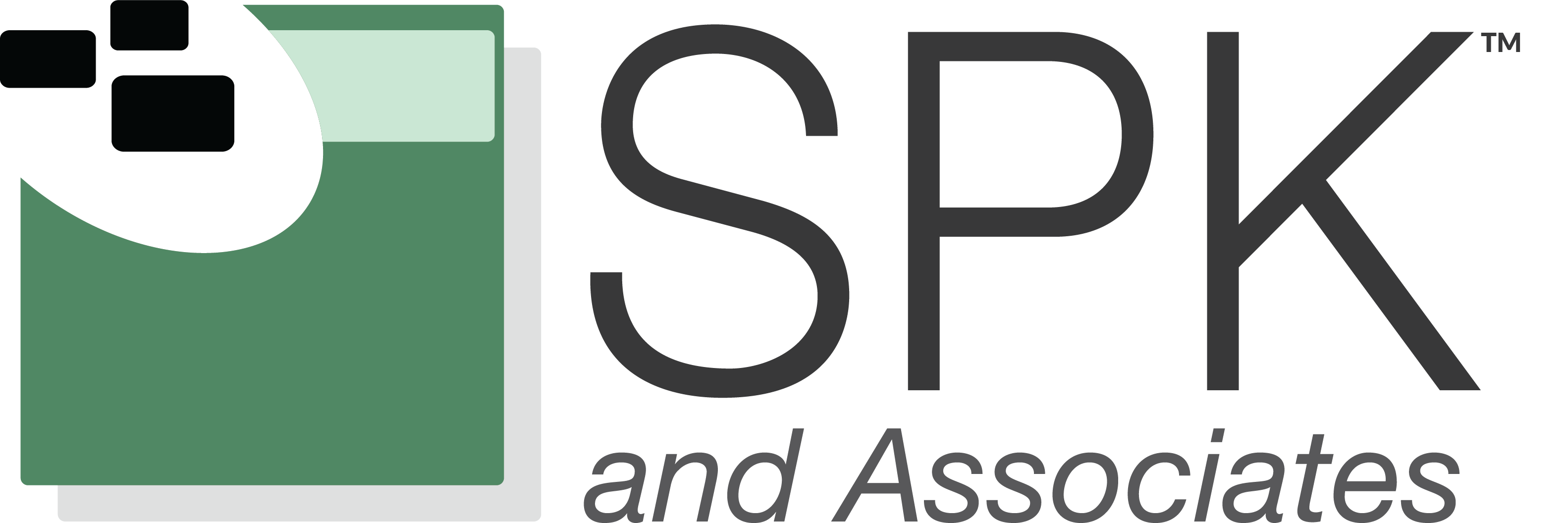SPK’s Managed Service Plan Comparison
Severity Description
All calls will be classified into the following severity levels:
- Severity 1 (P1)
- Severity 2 (P2)
- Severity 3 (p3)
Note 1: Level 1 Problems will be worked on a 24×7 basis until resolved, either remotely or on-site.
Note 2: Level 2 Problems will be worked on from 6am to 9pm Pacific remotely until resolved. If problem requires on-site assistance, on-site will be provided during extended local business hours (6am to 9pm Pacific, excluding holidays/weekends).
Note 3: Level 3 Problems will be worked on a 8×5 basis remotely until resolved. If problem requires on-site assistance, on-site will be provided during regular local business hours (9am to 6pm Pacific, excluding holidays/weekends).
Severity Definitions
Severity 1: Production environment or other mission critical system(s) are down and no workaround is immediately available. The ability to conduct business or service to the customer has stopped. Severity 1 responses require an immediate outage window in order to correct the issue.
Examples: Server down, network down, database down, application down.
Severity 2: Major functionality is severely impaired. Primary system function or access is failing, or an imminent failure report has been issued. Operations can continue in a restricted fashion, although long-term productivity might be adversely affected. A major milestone is at risk. A temporary workaround is available.
Examples: Extremely slow system performance.
Severity 3: Level 3 issues are low to medium impact problems which involve partial, non-critical functionality loss. User questions, enhancements, requests.
Examples: Application report not functioning properly; hard drive space has entered the alert zone; user requests restoration of data.

